How to Create a Financial Plan
Whether you’re planning for retirement or trying to pay off your vehicle, having a solid financial plan in place is the key to reaching your goals.
The term “financial plan” may seem as if it’s reserved for the wealthy, but the reality is everyone should have one — no matter how much money you have.
A financial plan is a comprehensive overview of your current financial situation, your future financial goals, and a roadmap for how to achieve those goals. It’s typically something you put together with the help of a financial advisor, and it includes details of your savings, debt, investments, cash flow, insurance, and any other elements of your financial life.
All those details help paint a picture of where you’re at today, and how you can get to where you want to be in the future. Here’s how you can start:
Consider Your Goals
Your financial plan should be guided by both your short-term and long-term goals. Are you thinking about an early retirement? What about having kids and saving for their education? Think about the possibility of buying a house, spending time traveling or even living debt-free.
All of these considerations can help you live a more intentional life. When you have specific objectives in mind, you can feel more inspired to put in the work to achieve them.
Take Action
Once you have your goals in place, it’s time to start intentionally working toward them. Evaluate your current cash flow and see what needs to be reallocated or adjusted. For example, if you’re spending a large chunk of your monthly income on restaurants each month, perhaps you should consider putting a portion of that income into a savings account instead.
Some of your goals may be simple and straightforward, like saving enough money to buy a car. But many of us want to work toward larger goals — such as living debt-free and saving for retirement — simultaneously. That’s where the help of a financial planner can be beneficial. They’ll evaluate your financial situation holistically and explain exactly what you can do to reach your goals.
Build an Emergency Fund
A fundamental part of any financial plan is setting aside an emergency fund for unexpected repairs or emergencies. You can start small by aiming for $500 in savings, then work your way up to building one month’s worth of living expenses, and then three months’ worth.
By having an emergency fund, you don’t have to rack up credit card debt or take out a loan. You can recover more quickly, and get back on track to reaching your financial goals.
Think About Investing
Investing can be a key component in your financial plan. It can seem daunting at first, but investing can be a relatively simple way to earn additional income. Whether you’re investing in stocks, bonds or commodities, each can yield a different level of risk and return.
If you’re not sure where to begin, start by putting money into a 401(k). A financial advisor can also help you understand when, how and where to invest your money.
Review and Revise
Your financial plan isn’t set in stone. In fact, you should frequently evaluate your plan to make sure it’s still in line with your goals. Major life changes like starting a new job or having kids can affect your finances, and it’s important to take those shifts into consideration.
It never hurts to schedule a meeting with a financial professional, like the ones at Emerj360, to ensure your financial future is sound. They often have sophisticated tools to help you navigate your wealth and can help you develop a step-by-step plan for reaching your goals.

